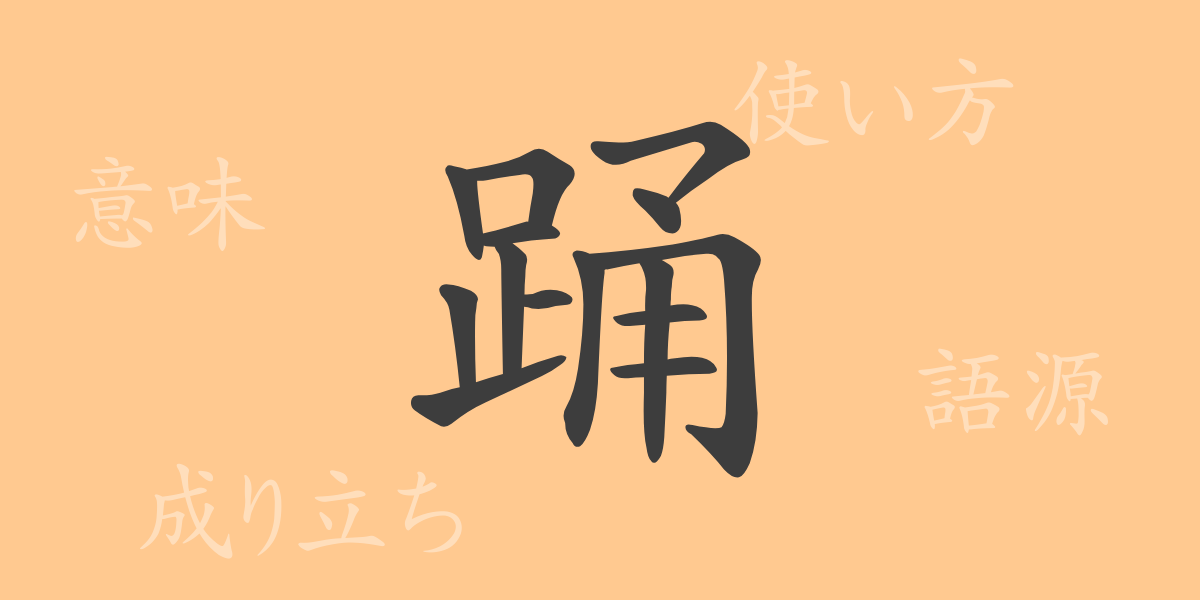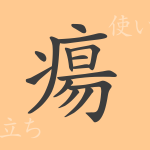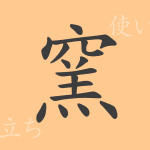The kanji character “踊” (おどる, odoru), deeply rooted in Japanese culture, is seamlessly integrated into our daily lives. This character not only signifies movement but also carries a rich history and meaning behind it. In this article, we will delve into the origins, meanings, and usage of “踊,” as well as explore idiomatic expressions and proverbs in Japanese that feature this fascinating kanji.
Origins of 踊 (おどる, odoru)
The kanji “踊” (おどる, odoru) is a character that originated from ancient China. Its structure combines the radical for “foot” (足, あし, ashi) with the character “昜” (ヨウ, you), which signifies ascending to a high place. Literally, it means “to lift one’s feet high,” symbolizing dynamism and lively movement.
Meanings and Usage of 踊 (おどる, odoru)
Primarily, “踊” (おどる, odoru) means “to dance,” referring to moving the body in rhythm for enjoyment. However, this kanji is also used metaphorically to describe situations that are “exciting” or “lively.” For example, when saying “市場が踊る” (いちばがおどる, ichiba ga odoru), it indicates that the market is bustling with activity.
Readings, Stroke Count, and Radical of 踊 (おどる, odoru)
The kanji “踊” (おどる, odoru) has several readings and structural elements to understand:
- Readings: On’yomi (音読み) is “ヨウ” (you), and Kun’yomi (訓読み) is “おどる” (odoru).
- Stroke count: 15 strokes in total.
- Radical: 足部 (あし・そくぶ, ashi/sokubu).
Idiomatic Expressions and Proverbs Featuring 踊 (おどる, odoru)
There are numerous idiomatic expressions and proverbs in Japanese that include “踊” (おどる, odoru). For instance, “狂喜乱舞” (きょうきらんぶ, kyouki ranbu) describes a state of extreme joy and excitement, “手を拱いて見る” (てをこまねいてみる, te wo komaneite miru) means to watch a situation unfold without taking any action, and “群を抜いて飛躍する” (ぐんをぬいてひやくする, gun wo nuite hiyaku suru) signifies standing out prominently above others.
Conclusion on 踊 (おどる, odoru)
The kanji “踊” (おどる, odoru), with its dynamic origins, enables a wide range of expressions in our language. From everyday conversations to literary expressions and even in business contexts, this kanji is used in various scenes. Through this exploration, we hope you gain a deeper understanding of the multifaceted nature of “踊” (おどる, odoru) and incorporate it as part of a richer Japanese expression.

























